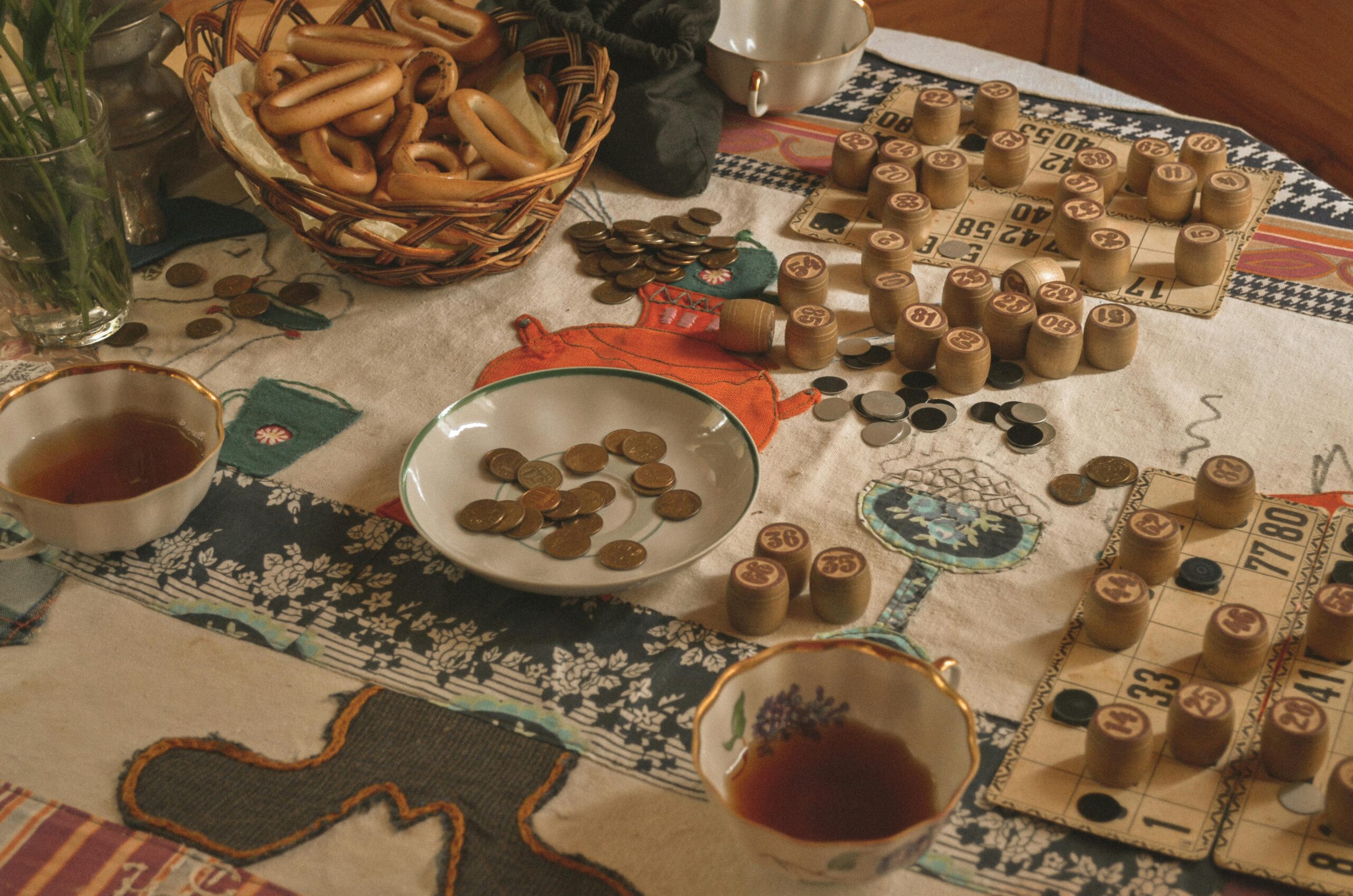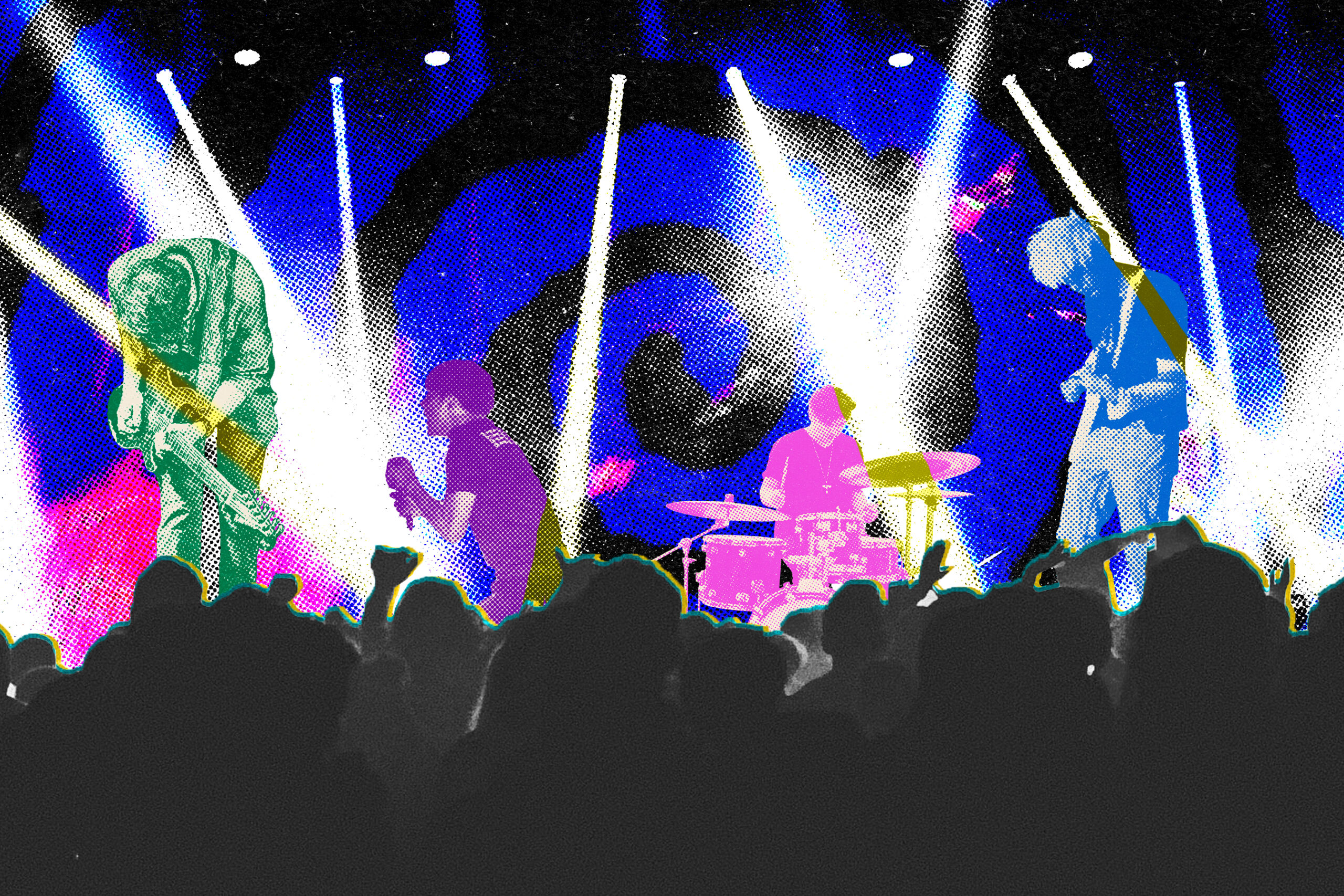Students can enroll in the course starting Winter 2023
By: Krishika Jethani

A live journalism course is coming to Toronto Metropolitan University (TMU) in the Winter 2023 semester. The course, named Special Topics in Journalism, will be offered by the Creative School’s School of Journalism.
Live journalism, unlike traditional journalism, requires a live audience. Instead of publishing a story in a newspaper or magazine, a story is performed on stage while engaging the audience.
The course will be found as “JRN 319” for the upcoming semester. In the following year, it will have its own course code and will be known as “Journalism: Live on Stage” and will be taught by Sonya Fatah, an assistant professor at the School of Journalism.
Aru Kaul, a fourth-year journalism student who is assisting in promoting the new course, says live journalism differs from traditional news by providing audience members with an experience. “Live journalism shows them what is happening,” Kaul said.
stitched!, founded by Fatah, is a live journalism lab at TMU that encourages students to perform journalistic practices in front of a live audience.
The underlying notion is to bring news to the stage. Journalists employ oral storytelling techniques to share stories before audience members, who become news consumers.
While the course is open to all journalism students that have completed the prerequisite courses JRN272 and JRN273, students from other programs can also obtain permission from Fatah to enroll.
Through exploring an oft-underrepresented form of news and information dissemination, students will be able to practice journalism in a different and innovative way. In a journalist fellowship report on live journalism and its capacity to re-engage audiences, Jaakko Lyytinen cites theatre as “the last oasis of undivided attention.” To bring journalism to theatre means bringing the media apparatus into a “shared place and time for experiencing something corporeal with words, pictures, sound.”
Professor Fatah says this course serves as a “unique” opportunity for journalism and non-journalism students alike. Live journalism allows students to learn how to communicate issues to an audience as a way of practicing storytelling.
Although live journalism is practiced differently by individual organizations, it still follows the same reporting approach as traditional journalism, as “you still need to go out there, meet people whose stories you’re sharing and come report it and bring it back,” said Fatah.
Those enrolled in the course in the Winter 2023 semester, will have the opportunity to work with the climate disaster project based at the University of Victoria– a project led by environmental journalism professor Sean Holman.
“He runs this program that is established across 13 schools in North America and the students in those 13 schools have been collecting testimonies of climate crisis survivors… and we have access to that archive,” said Fatah.
Students will also break up into different groups and work with those who have shared these stories.
There are also more live journalism shows produced in the U.S. and Europe including Pop-Up Magazine, The Black Box, and Live Magazine in France, among others.
“The goal of some of our work is to create a space where you can have a post-show engagement to push the conversation beyond the story itself,” said Fatah. “And to consider how we as a community, as a society, really discuss this issue.”





